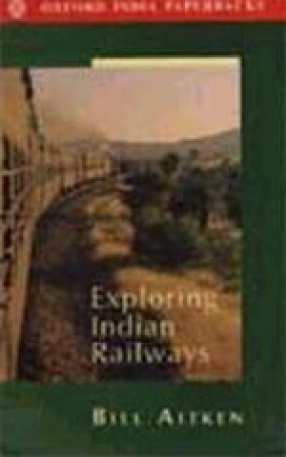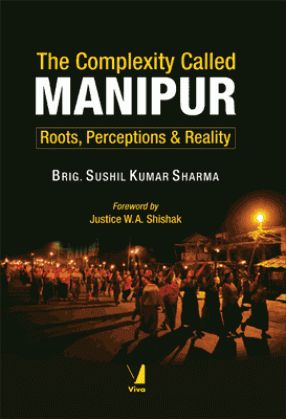The Hidden String: Agrarian Economy of Colonial Bengal and Its Institutional Framework
The Hidden String is a remarkable study undertaken over a two-and-a-half decades and revisited after a gap of three decades. It examines the intricate relationship between agricultural practices and institutional frameworks in rural Bengal in the colonial period. At its core, the work elaborates two fundamental concepts: the nature of agricultural production and the institutional structures that governed it. The analysis of agrarian systems reveals how cultivation patterns were linked to ecological constraints and climate rhythms. Particular attention is paid to Bengal’s principal crops—aus and aman—whose cultivation cycles shaped not only agricultural practices but also broader socio-economic patterns of rural life. The book also examines traditional water management systems, which not only consolidated power structures within village communities but also triggered peasant resistance.
A key theme is the institutional framework of agriculture, which is examined through inter-connected socio-cultural practices and structures: from government legislation and rural credit systems to agencies controlling commercial crop cultivation, demographic growth, and the impact of epidemiological events and irregular precipitation patterns.
This comprehensive study is a testament to the complex interplay between agricultural practices and the institutional mechanisms that shaped the economic landscape of rural Bengal from the eighteenth to the first half of the twentieth century.
Contents
List of Tables
List of Abbreviations
Preface
Acknowledgments
Introduction
1. Agricultural Growth in Bengal and Bihar, 1770–1860
2. Agricultural Production in Bengal and Bihar: Co-existence of Decline and Growth, 1859–1885
3. Growth of Commercial Agriculture in Bengal and its Impact on the Peasant Economy, 1859–1885: Part I
4. Growth of Commercial Agriculture in Bengal and its Impact on the Peasant Economy, 1859–1885: Part II
5. Rural Power Structures and Agricultural Productivity in Eastern India, 1757–1947
6. Rural Credit Relations in Bengal, 1859–1885
7. Control over Rural Credit and Peasant Society in Bengal and Bihar, 1885–1947
8. Movement of Produce Rent in Eastern India, 1793–1930
9. Land Market in Eastern India, 1793–1940: Part I: The Movement of Land Prices
10. Land Market in Eastern India, 1793–1940: Part II: The Changing Composition of the Landed Society
11. The Story of a Peasant Revolt in a Bengal District
12. The Agrarian Question in Bengal and the Government, 1850–1900
Conclusion
Bibliography
Index
Get it now and save 10%
BECOME A MEMBER








Bibliographic information